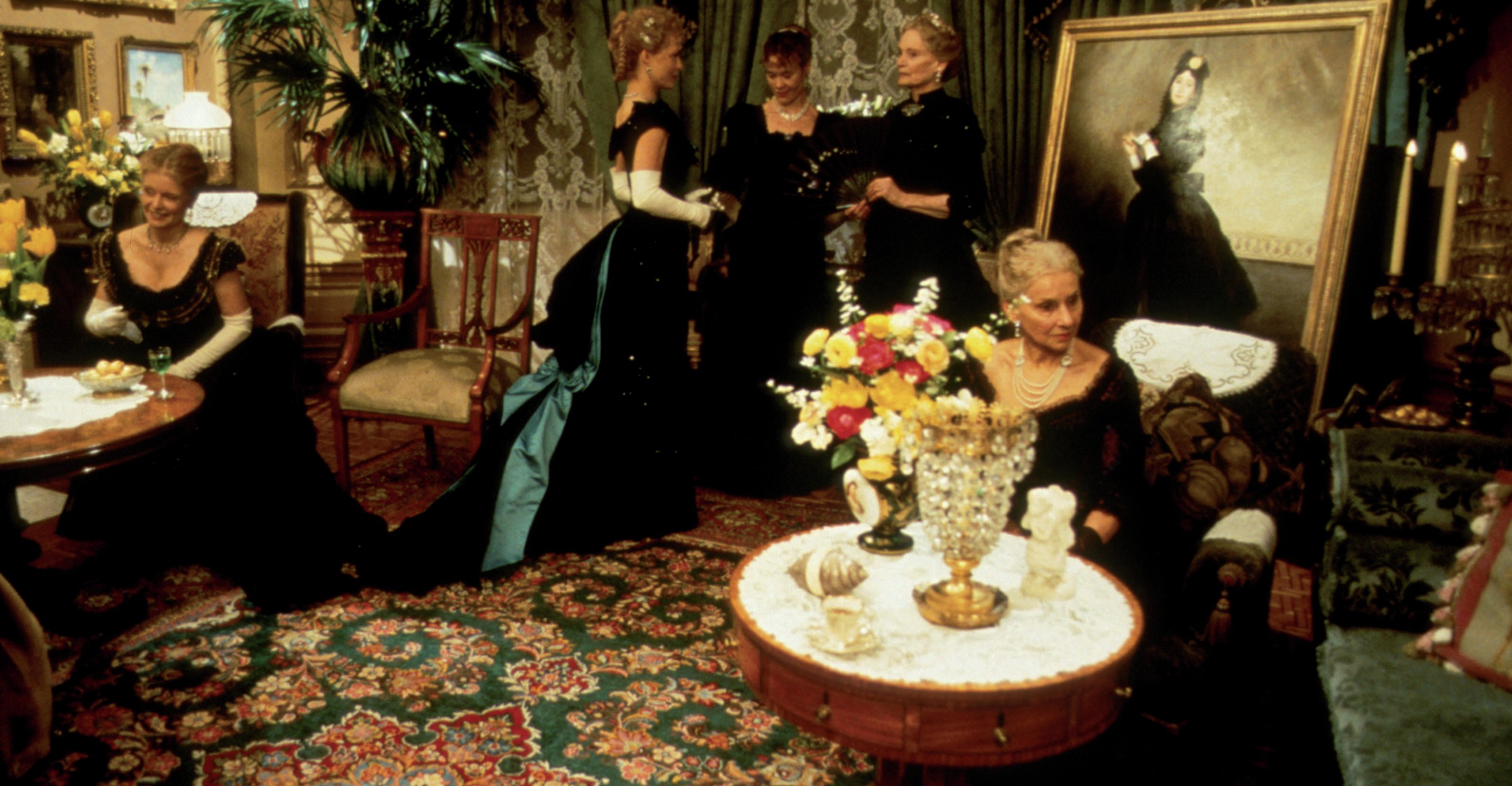
OCR, WJEC
Houses, rooms and particular spaces figure largely in The Age of Innocence. Its central character, Newland Archer, can only achieve emotional freedom when he is able to reassess the values they have represented for him. The young man who is shocked by Countess Olenska’s bare shoulder at the opera is the same man who later feels suffocated by public form and social aspiration towards the end of the novel. At the beginning ‘few things seemed to Newland Archer more awful than an offence against “Taste”’ (p. 12). Later, he comes to describe the trappings of high society as ‘a chain of tyrannical trifles binding one hour to the next’ (p. 171).
Your organisation does not have access to this article.
Sign up today to give your students the edge they need to achieve their best grades with subject expertise
Subscribe




